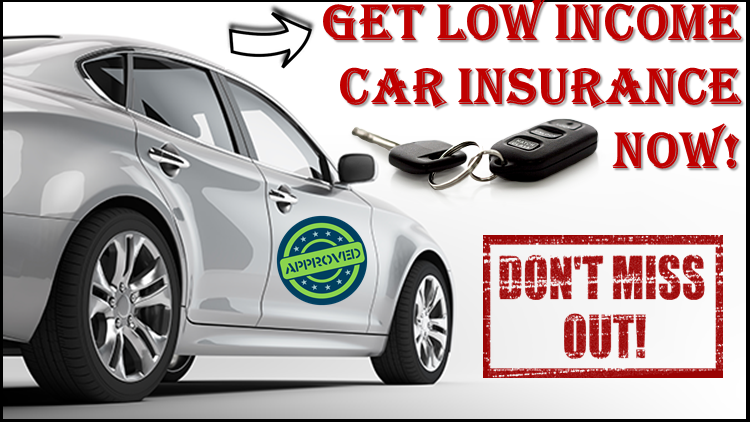Low Income Car Insurance
Company Trusted For Over 25+ Years*

Call us 1-855-620-9443
Company Trusted For Over 25+ Years*

Income inequality remains a hot topic, with lower-wage earners facing higher costs for essentials like car insurance. Despite the need for affordable coverage, low-income drivers often pay more for low-income car insurance. This guide explores why this happens, how income affects premiums, and practical ways to secure cheaper rates.
While wealthier individuals may benefit from tax breaks on assets like stocks, low-income workers are often taxed at higher rates and face steeper insurance premiums. By understanding the factors driving these costs and comparing quotes, you can find low-cost direct auto insurance tailored to your budget.
Contrary to logic, low-income car insurance is rarely cheaper. Drivers earning less than $50,000 annually often face higher premiums due to perceived risk. Insurers rely on data showing that lower-income individuals tend to have lower credit scores, file more claims, and face higher rates of accidents or reckless driving tickets.
These risk factors lead insurers to charge more, even for drivers with clean records. For example, low-income drivers are more likely to experience coverage lapses due to late premium payments, further increasing rates. To counter this, compare fast auto insurance quotes online to find affordable options.
It’s frustrating for hardworking low-income drivers to pay more for insurance than higher earners, even with similar driving records. Insurers use complex algorithms to assess risk, factoring in financial details like:
These factors may seem unrelated to driving, but studies show socioeconomic status influences risk. For instance, one study found that blue-collar workers pay up to 60% more for coverage than white-collar professionals with comparable driving histories. In some regions, low-income drivers pay double what higher earners do for liability-only car insurance.
While these disparities feel unfair, not all low-income drivers are high-risk. Addressing this pricing discrimination requires proactive steps to find better rates.
Low-income drivers can take control of their insurance costs with these practical strategies:
By comparing at least five quotes, you can identify the most affordable coverage. Start today by entering your zip code to find no-deposit car insurance options.
Several insurers provide affordable options for low-income drivers. Rates vary, so comparing quotes is key. Top providers include:
Shopping for low-income car insurance is easier than ever with online tools. At GoodToGoInsurance, you can compare up to 10 quotes in about five minutes using your smartphone. Save time and money while finding policies like car insurance under $100 a month.
Take advantage of online discounts for safe driving, low mileage, or bundling policies. Enter your zip code today to start saving on car insurance.
Low-income drivers often pay more due to higher perceived risk, including lower credit scores, more claims, and frequent coverage lapses. Insurers use these factors to set premiums.
Increase your deductible, improve your credit score, garage your vehicle, shop online for quotes, and leverage discounts to lower premiums.
Progressive, Root Insurance, 21st Century, and State Farm are known for offering budget-friendly policies for low-income drivers.
Yes, some insurers offer no-down-payment car insurance, allowing you to start coverage without an upfront payment, though monthly premiums may be higher.